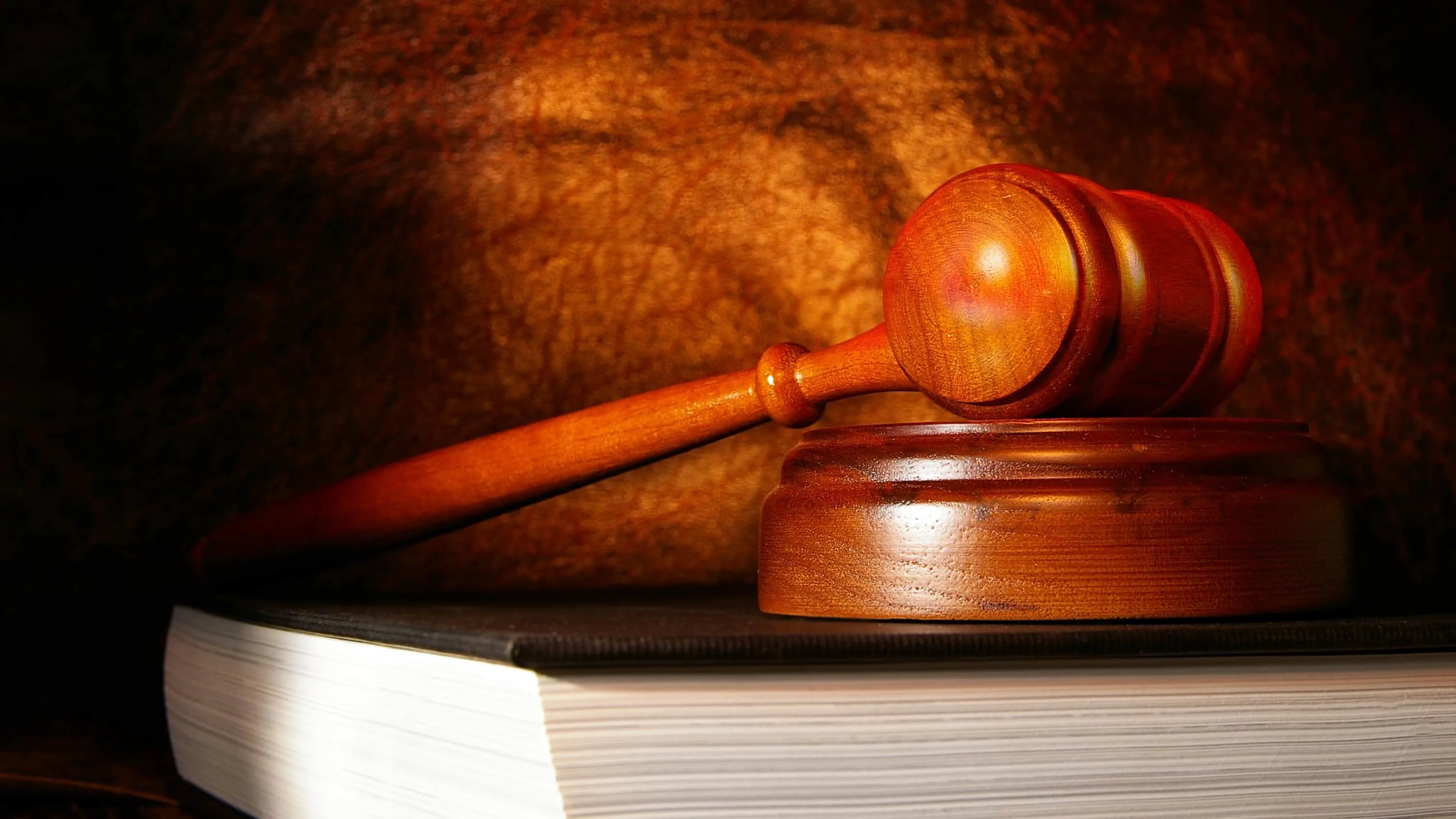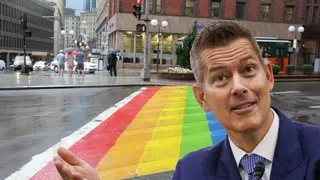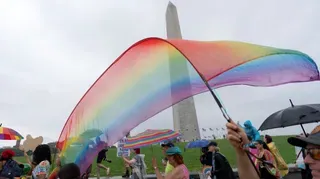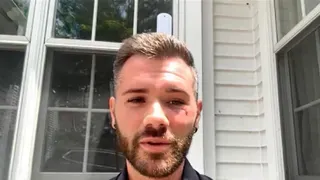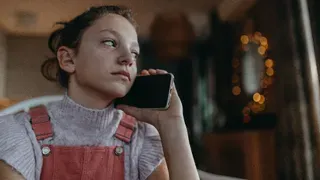September 30, 2017
Pressure to Follow Binaries Puts Bi Individuals at Higher Risk for Mental Health Issues
Tucker Berardi READ TIME: 3 MIN.
The members of the LGBT community are by no means strangers to isolation. For many the fear of coming out to friends and family is justified: you run the risk of loved ones shunning you for who you love or how you identify yourself.
We have our own loved ones and our own safe spaces for when those relationships fail - our brothers and sisters in the LGBT community who love us regardless of who we are. For many bisexuals however, those safe spaces are just as hostile.
Bisexuals often experience isolation felt by neither straight nor gay communities. Deemed immoral by heterosexuals and noncommittal by gay communities, many bisexuals have to fight for a place to fit in, and no one is offering a space.
"Double discrimination is a well known experience for bi people which definitely impacts on mental health, especially for those who expected to be welcomed in LGBT communities having been rejected by straight communities, only to find they're not welcome there either," Meg-John Barker wrote SFGN in an email.
Barker is a doctoral Psychology in Social Sciences researcher at Open University who has studied bisexual mental health and the unique positions of bisexuals between heterosexual and LG (Lesbian and Gay) communities.
"Of all the larger sexual identity groups, bisexual people have the worst mental health problems, including high rates of depression, anxiety, self harm and suicidality," Barker wrote. "This has been found bother internationally and in the UK specifically, and has been strongly linked to experiences of biphobia and bisexual invisibility."
According to the UK Bisexuality Report released in 2012, biphobic heterosexuals often see bisexual people as "amoral, untrustworthy, hedonistic spreaders of disease and disrupters of families." At the same time, some LG people may feel that "the existence of bisexuality 'muddies the water' in a way which calls into question the basis which they have fought for their rights."
"Bisexuality has been acknowledged to be an 'invisible,' 'excluded' or 'silent' sexuality within several domains including: mainstream media, lesbian and gay communities, sex research, psychology and psychotherapy, policy and legislation," The Bisexuality Report states. "It has been argued that bisexual invisibility is the main problem comforting bisexual people accessing services."
Bisexuality is often left out of the rhetoric in many LGBT spaces and groups. After the initial use of the inclusive acronym, talk more than usually devolves into phrasing like "the gay community." Sometimes bisexual individuals themselves identify as gay or lesbian for the sake of brevity - even in LGBT spaces.
"If someone points out a pretty girl and I turn round, they all crow at me not to look 'cos I'm supposed to be gay. I'm fed up. It's all gay this and queer that at school," one of the report's subjects told the study. "There isn't a word for people like me, so I guess I'm on my own. I'd say I was bisexual, but you have to be 50-50, right?"
Alfred Kinsey, a social researcher that studied human sexuality, found that sexuality was not black white or otherwise, but fell on a spectrum. There are a large population of heterosexuals, a smaller population of homosexuals, and a significant number of individuals in the middle with varying amounts of attraction to either sex.
According to Kinsey, there are a large number of bisexuals, but only a comparative few of them are truly 50/50 in terms of attraction. The rest of them may prefer one sex over the other, and settle for an either gay or straight classification.
Barker and associate Christina Richards discuss the unique state of bisexual isolation in their text, "Sexuality and Gender for Mental Health Professionals: A Practical Guide." While isolation from heterosexual populations may not come as a surprise to bisexual individuals, many are met with surprise and hurt when they turn to LGBT-friendly spaces only to find that they are discriminated there as well.
Fortunately, not all LGBT and straight groups or communities are biphobic. There are plenty of bi-inclusive spaces, both online and off, that provide social and therapeutic opportunities for bisexuals.
"I'd suggest seeking out online and offline bisexual spaces where they can get support and meet like-minded people," Barker wrote. "It definitely helps to hear from others with similar stories."
There are new therapies in development that specifically deal with bisexual issues. But work can be done throughout the LGBT community and beyond to establish a more bi-inclusive culture. More and more bisexual characters and media depictions are presenting themselves on TV. But more bi-positive depictions and discussions are a great way to benefit bisexual peers.
"It'd be wonderful to see more positive social media depictions, as well as media reporting about bi experience, and about sexuality as a spectrum," Barker wrote.
